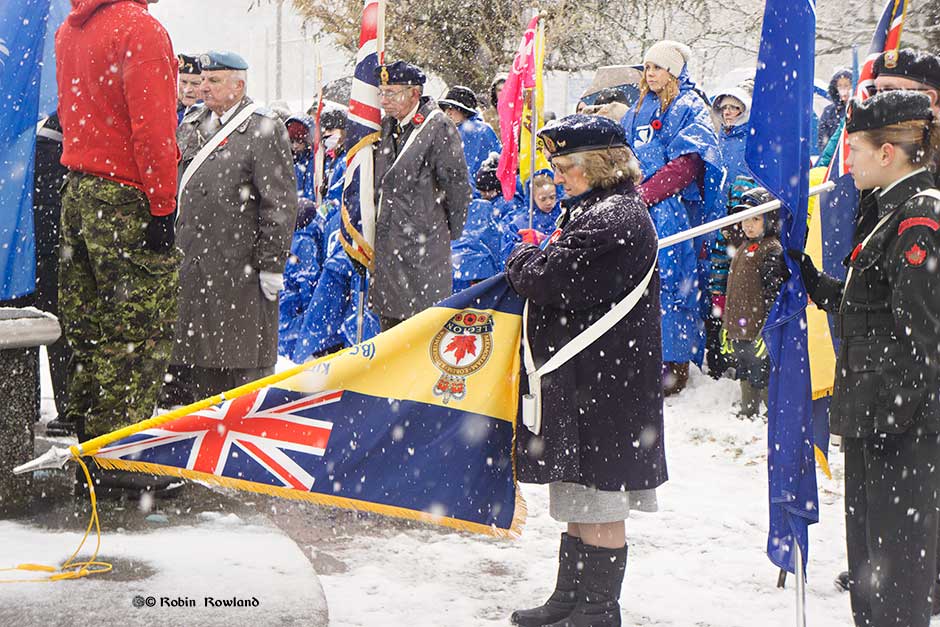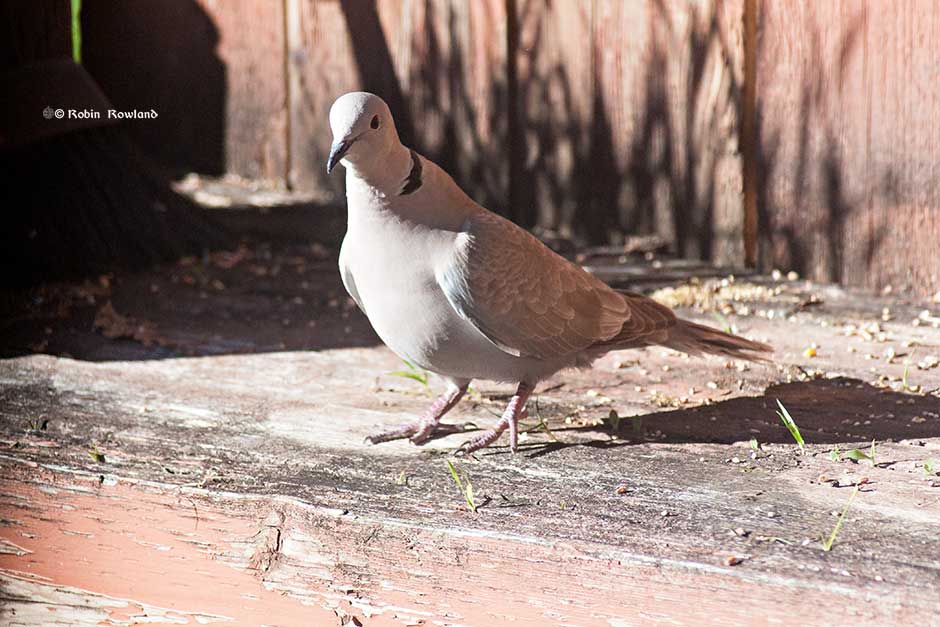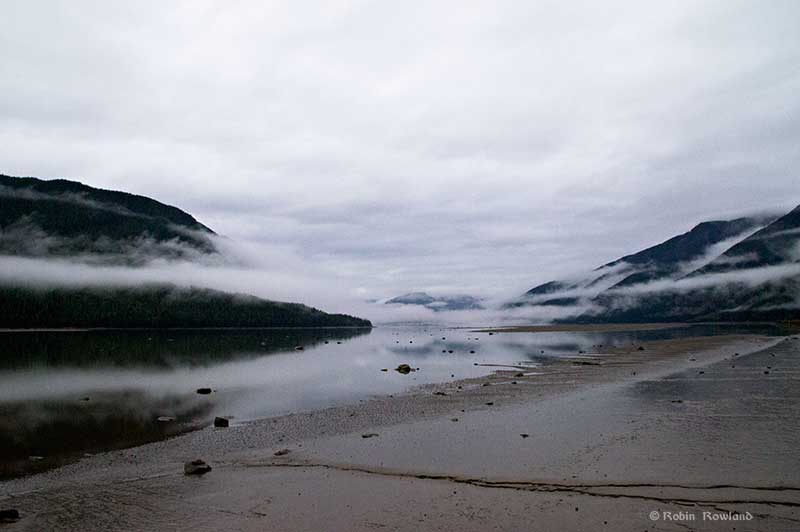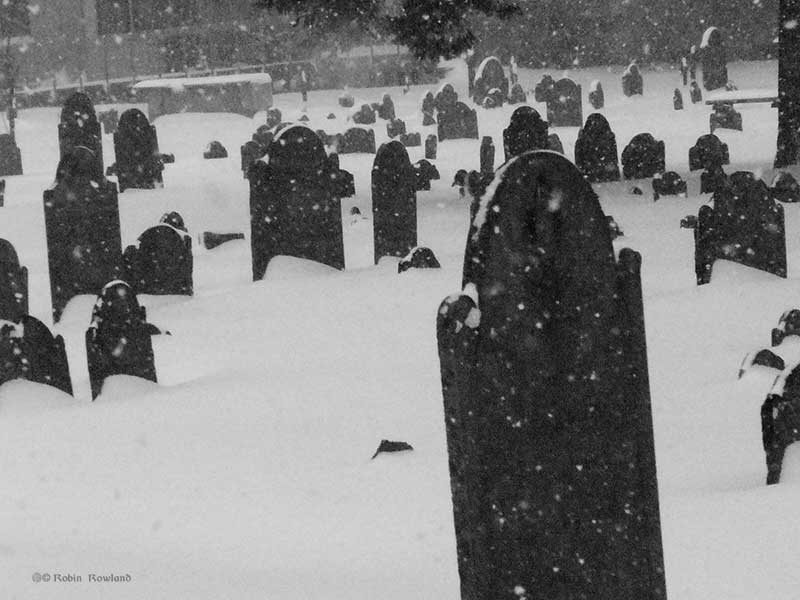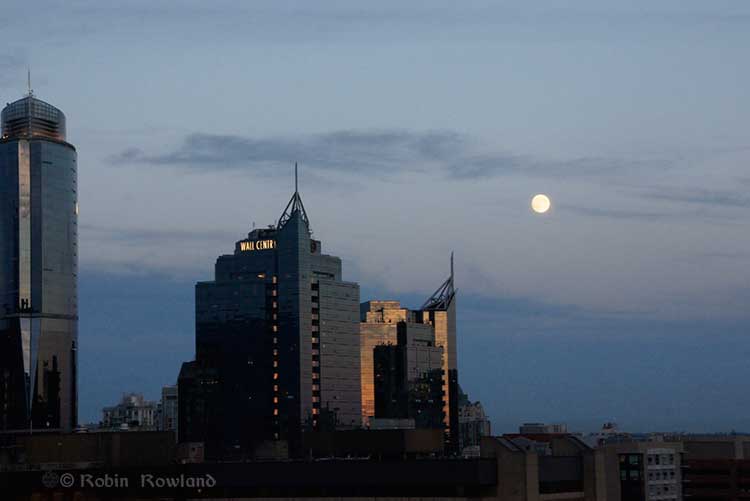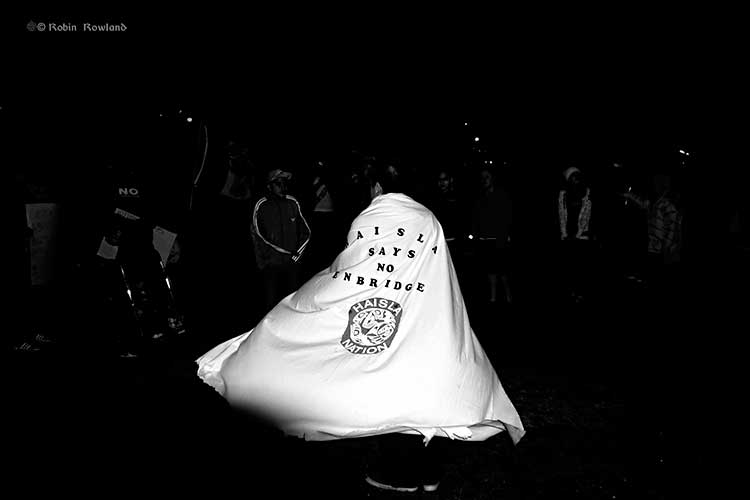Category: Photo gallery
A snowy Remembrance Day in Kitimat, November 11, 2017
November 11, 2017
A Eurasian collared dove hanging around my backyard
July 4, 2017
Super tide on the Skeena
September 28, 2015
Harvard Yard in the Boston blizzard of 2003
February 12, 2015
That September “Super Moon”
September 19, 2014

